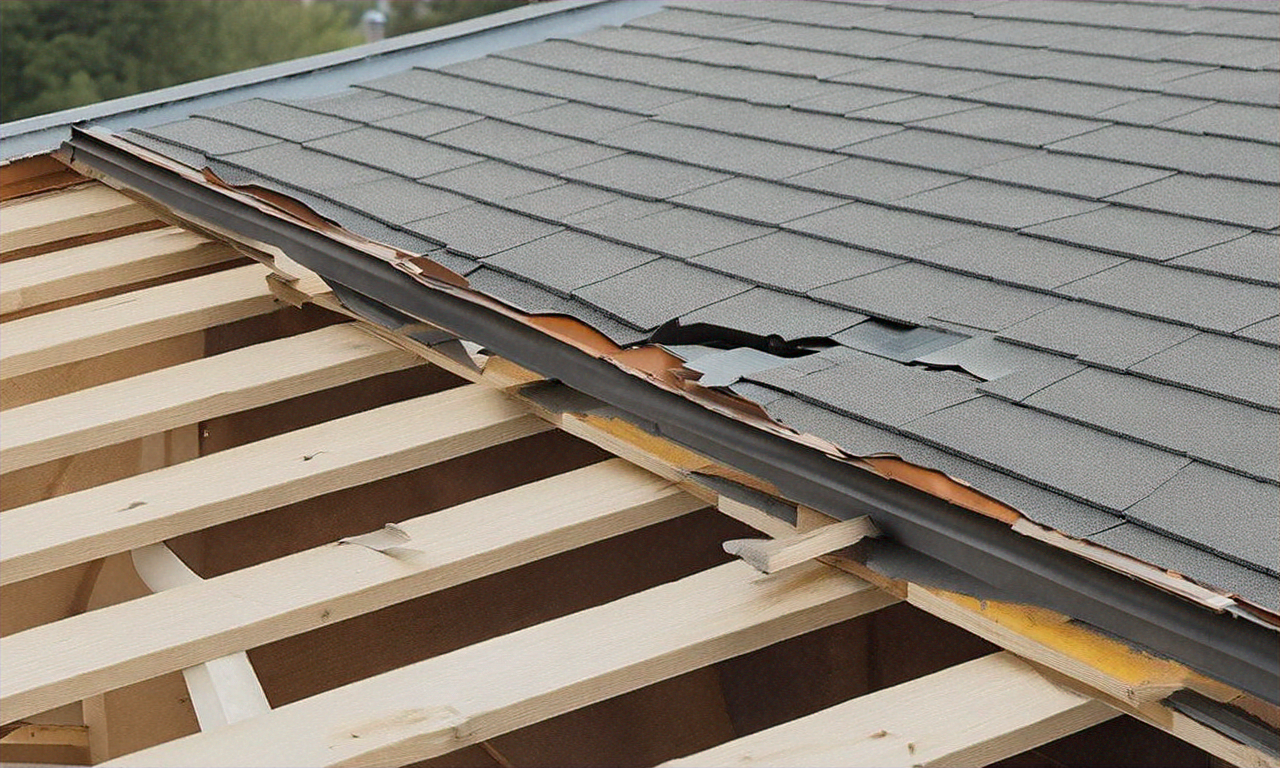The Ultimate Guide to No Deposit Apartment Rentals
Imagine moving into your new apartment without handing over thousands upfront. No deposit apartments make that possible by skipping the hefty security deposit and replacing it with smarter, more flexible options. Whether it is a slightly higher monthly rent or required renter’s insurance, these alternatives are giving tenants a financial break right when they need it most. As this trend grows, especially among those relocating or managing tight budgets, knowing exactly how it works can save you stress and money before you sign that lease.

What Are No Deposit Apartments for Rent?
No deposit apartments for rent are rental properties where landlords waive the traditional security deposit requirement, typically ranging from one to three months’ rent. Instead of paying this upfront lump sum, tenants may encounter alternative arrangements such as monthly insurance premiums, surety bonds, or slightly higher monthly rent. These arrangements benefit renters who prefer to preserve their cash flow while still providing landlords with financial protection against potential damages or unpaid rent.
Property management companies offering these arrangements often partner with third-party services that guarantee payment to landlords in case of tenant default. Some landlords may require excellent credit scores or additional documentation to qualify for no deposit options, while others accept alternative verification methods like employment history or rental references.
Finding No Deposit Move in Today Options in Your Area
Locating immediate move-in opportunities without deposit requirements requires strategic searching across multiple platforms. Start by contacting local property management companies directly, as they often have unlisted units or special promotions that bypass traditional deposit requirements. Many apartment complexes offer seasonal incentives or occupancy-driven specials that eliminate security deposits for qualified applicants.
Corporate housing providers frequently offer no deposit arrangements, especially for short-term or furnished rentals. These options work particularly well for professionals relocating for work, students, or individuals in transitional housing situations. Additionally, some landlords prefer immediate occupancy over lengthy application processes and may negotiate deposit terms for qualified tenants who can move in quickly.
Navigating No Deposit Apartments Listings Effectively
When searching through apartment listings, look for specific keywords indicating flexible deposit arrangements. Terms like “move-in specials,” “reduced deposits,” “zero deposit options,” or “alternative security arrangements” often signal opportunities for deposit waivers. Filter search results on major rental platforms using these terms to identify properties offering such arrangements.
Legitimate no deposit listings typically provide clear information about alternative security measures, monthly costs, and qualification requirements. Be cautious of listings that seem too good to be true or lack detailed information about the property management company. Always verify the legitimacy of listings through direct contact with property managers and request to view lease agreements before committing to any arrangement.
Cost Considerations and Pricing Insights
While no deposit apartments eliminate upfront security deposit costs, they often involve alternative financial arrangements that impact overall rental expenses. Monthly insurance premiums for deposit alternatives typically range from $15 to $50 per month, depending on rent amount and coverage level. Some arrangements involve non-refundable fees ranging from $200 to $500, which may still be significantly lower than traditional deposits.
Surety bond options usually cost between 15% to 25% of what a traditional deposit would be, paid as a one-time non-refundable fee. Properties with slightly elevated monthly rent in lieu of deposits might see increases of $25 to $100 per month compared to similar units requiring deposits.
| Alternative Type | Typical Cost Range | Refundable | Monthly Impact |
|---|---|---|---|
| Monthly Insurance Premium | $15 - $50/month | No | $15 - $50 |
| Surety Bond | 15% - 25% of deposit amount | No | One-time fee |
| Non-refundable Fee | $200 - $500 | No | One-time fee |
| Elevated Monthly Rent | $25 - $100 above standard | N/A | $25 - $100 |
Prices, rates, or cost estimates mentioned in this article are based on the latest available information but may change over time. Independent research is advised before making financial decisions.
Qualification Requirements and Application Process
Most no deposit apartment arrangements require specific qualifications that demonstrate financial stability and reliability. Common requirements include minimum credit scores ranging from 650 to 750, depending on the property and alternative arrangement type. Employment verification showing stable income at least three times the monthly rent amount is typically mandatory.
Some landlords accept alternative qualification methods such as co-signers, larger rental history documentation, or higher income verification. International renters or those with limited US credit history might qualify through additional documentation like bank statements, employment letters, or prepaid rent arrangements. The application process for no deposit apartments often mirrors traditional rentals but may include additional paperwork for third-party guarantee services.
Benefits and Potential Drawbacks
No deposit apartments offer significant advantages, particularly for renters managing tight budgets or multiple moving expenses. Preserving cash flow for other moving costs, furniture, or emergency funds provides financial flexibility during transitions. These arrangements also benefit renters who prefer predictable monthly expenses over large upfront payments.
However, potential drawbacks include non-refundable costs that provide no financial return at lease end, unlike traditional refundable deposits. Monthly insurance premiums create ongoing expenses that accumulate over time, potentially exceeding traditional deposit costs for long-term leases. Some arrangements may offer less comprehensive coverage than traditional deposits, potentially leaving tenants responsible for certain damages or cleaning fees.
Conclusion
No deposit apartment rentals represent a valuable option for renters seeking to minimize upfront costs while securing quality housing. Success in finding these opportunities requires thorough research, understanding of alternative arrangements, and careful evaluation of total costs versus traditional deposit structures. By exploring multiple listing sources, understanding qualification requirements, and comparing various no deposit options, renters can find suitable housing arrangements that align with their financial goals and circumstances.




